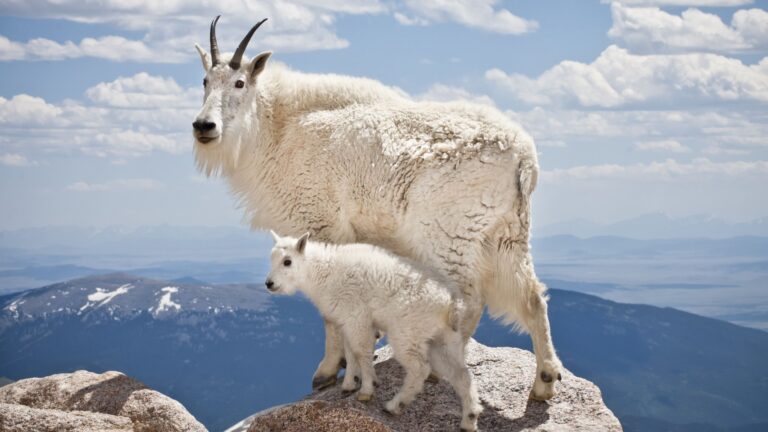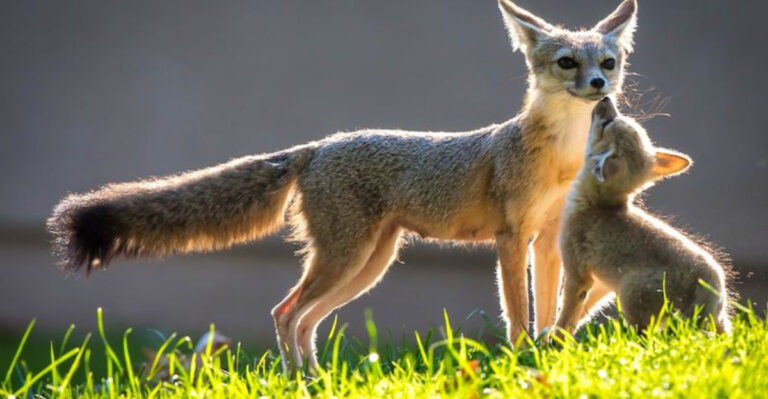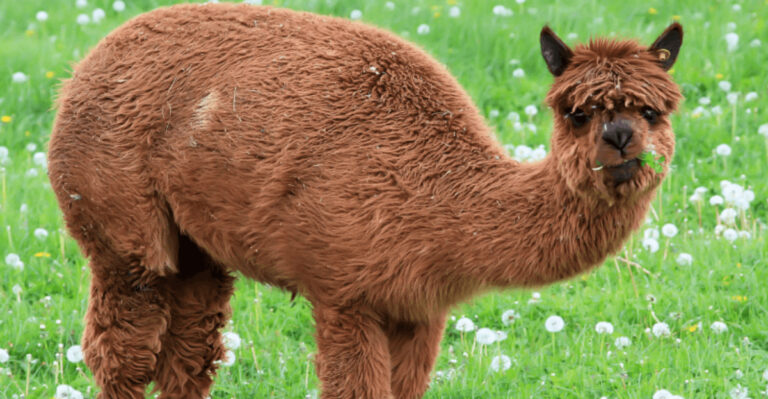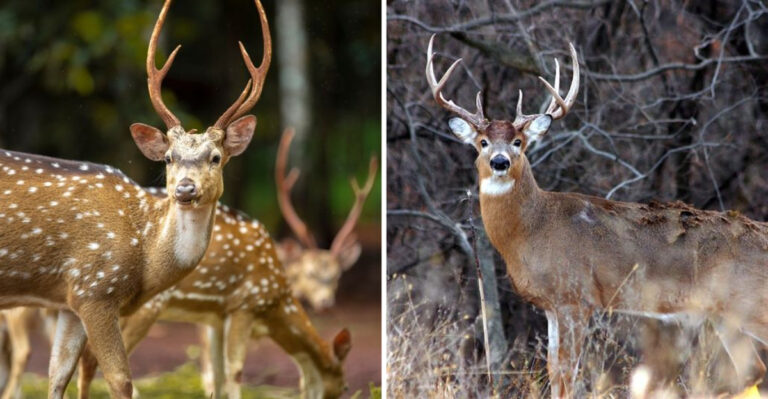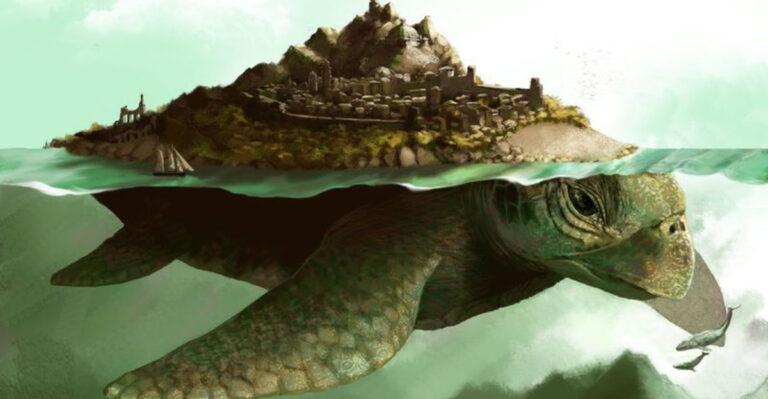14 Mammals On The Brink In North America And Why No One Is Talking About Them
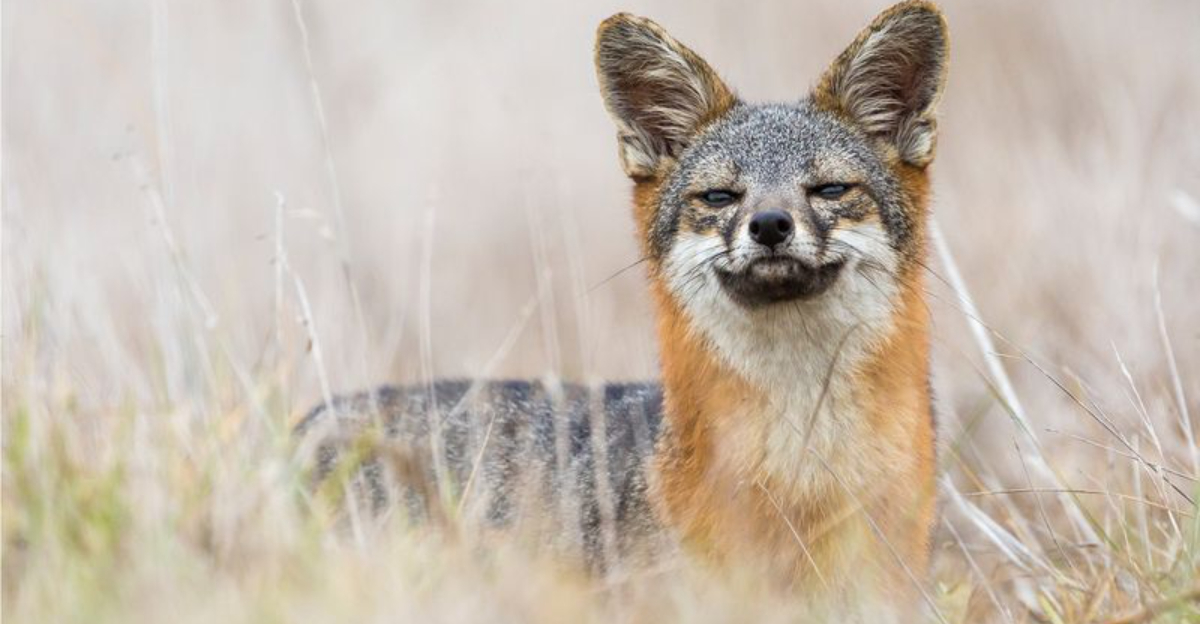
Our continent hides a secret crisis. While pandas and elephants grab headlines worldwide, many North American mammals face extinction with barely a whisper of media coverage.
These overlooked creatures battle habitat loss, climate change, and human encroachment daily. Let’s shine a light on these forgotten animals before they disappear forever.
1. Island Fox
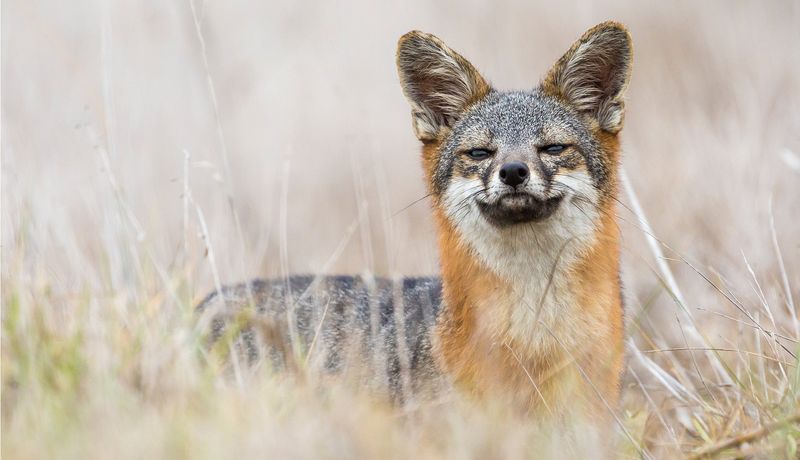
Six tiny foxes, each smaller than house cats, live only on California’s Channel Islands. Golden eagles nearly wiped them out in the 1990s, hunting these defenseless creatures to just 15 individuals on San Miguel Island.
Conservation efforts brought them back from the edge, but climate change threatens their limited island habitat. Most mainland Californians don’t realize these unique foxes exist just miles from their shores.
2. Sonoran Pronghorn
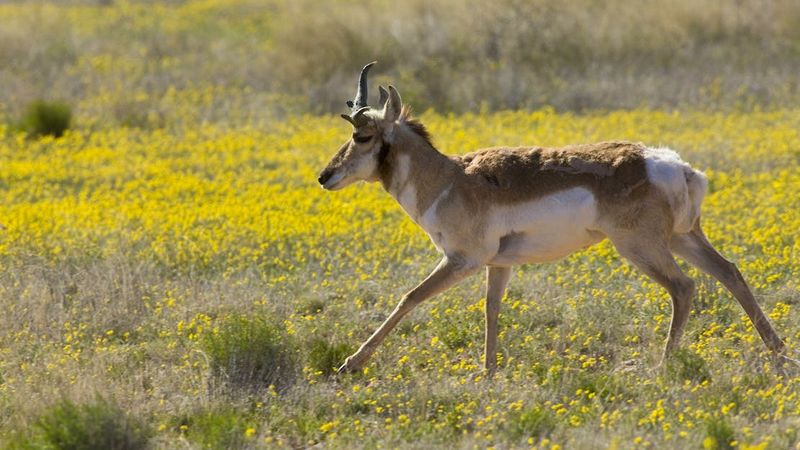
Racing across Arizona’s desert at 60 mph, these tan antelope-like creatures once numbered in the thousands. Border walls now cut through their migration routes, while military testing grounds disrupt their habitat.
Extreme droughts linked to climate change leave these animals desperately searching for water. With fewer than 300 left in the wild US population, these lightning-fast mammals receive almost no public attention compared to their African savanna counterparts.
3. Black-Footed Ferret
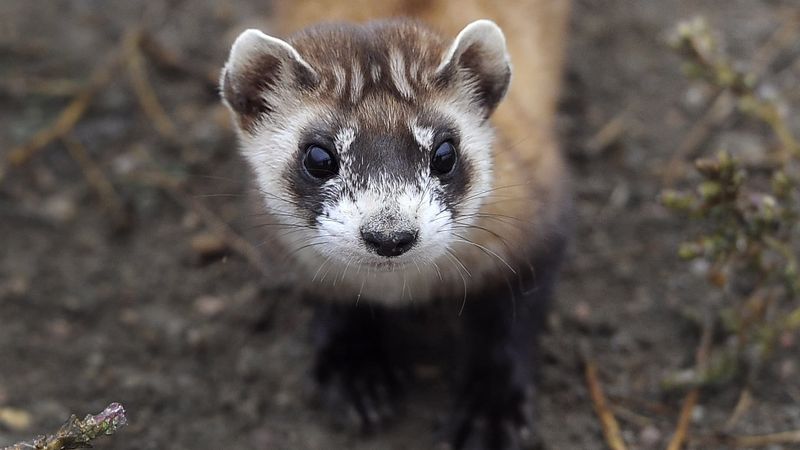
Once declared extinct, a small colony of these masked bandits was discovered in 1981 in Wyoming. These playful predators depend entirely on prairie dogs for food and shelter, but prairie dog populations have crashed by over 95%.
Farmers and ranchers poison prairie dogs, unintentionally dooming ferrets too. Despite captive breeding programs, fewer than 400 remain in the wild, yet their plight rarely makes headlines outside conservation circles.
4. Ocelot
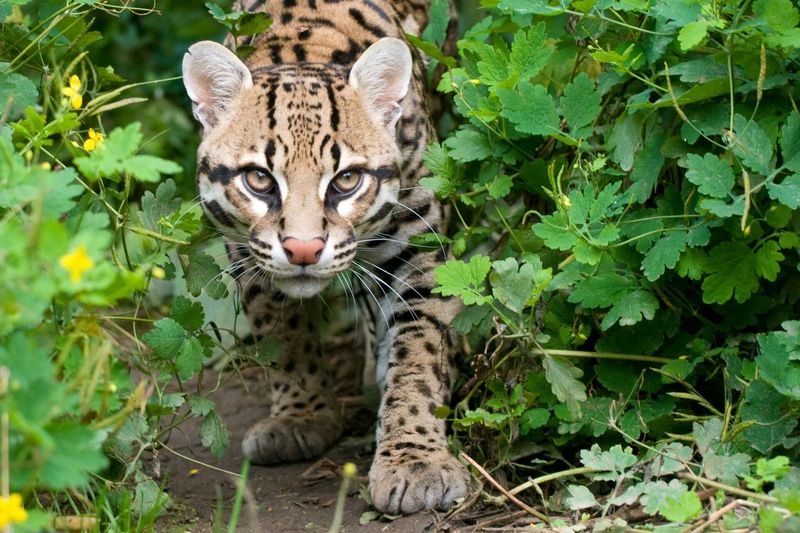
With spotted golden coats that once attracted furriers, fewer than 50 wild ocelots remain in the United States. These beautiful cats cling to existence in two small populations in southern Texas brushlands.
Roads cut through their territory, causing deadly collisions. Housing developments keep shrinking their habitat. Despite being one of North America’s most striking wild cats, few Americans know ocelots still exist in the country.
5. Polar Bear
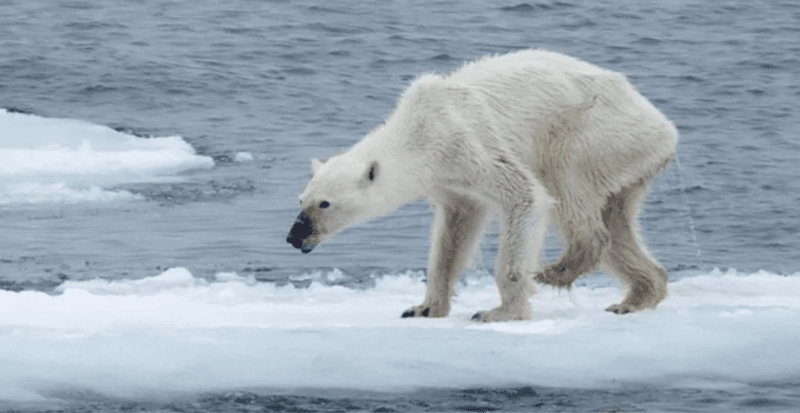
Everyone recognizes these Arctic icons, but few understand how quickly they’re vanishing. As sea ice melts earlier each spring and forms later each fall, polar bears can’t hunt seals – their main food source.
Starving bears now wander into human settlements looking for food. Though they appear in countless commercials and nature shows, media rarely discusses how two-thirds may disappear by 2050 due to habitat loss.
6. Rice Rat
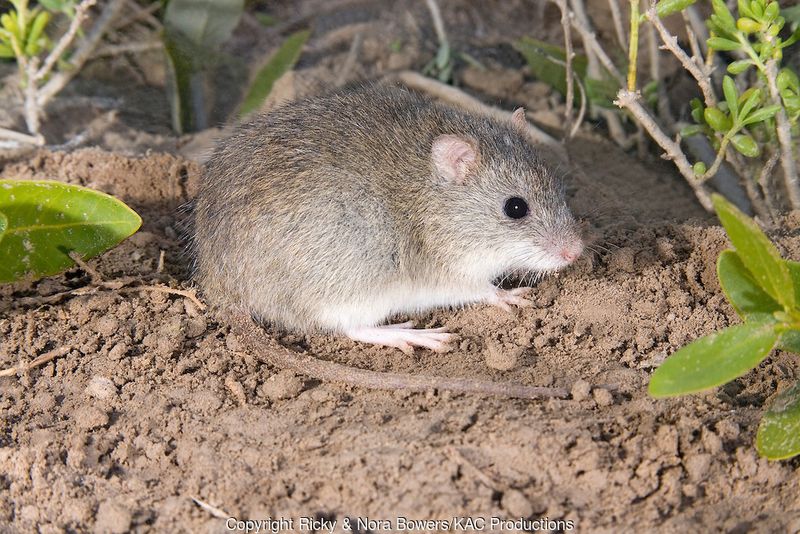
Never heard of the Key Largo cotton mouse or the Lower Keys marsh rabbit? You’re not alone. These tiny Florida Keys natives face a double threat from rising seas and development.
Hurricane storm surges regularly flood their limited habitat. With nowhere to retreat as oceans rise, these specialized rodents could disappear completely within decades. Their struggle remains virtually unknown outside scientific journals.
7. Red Wolf
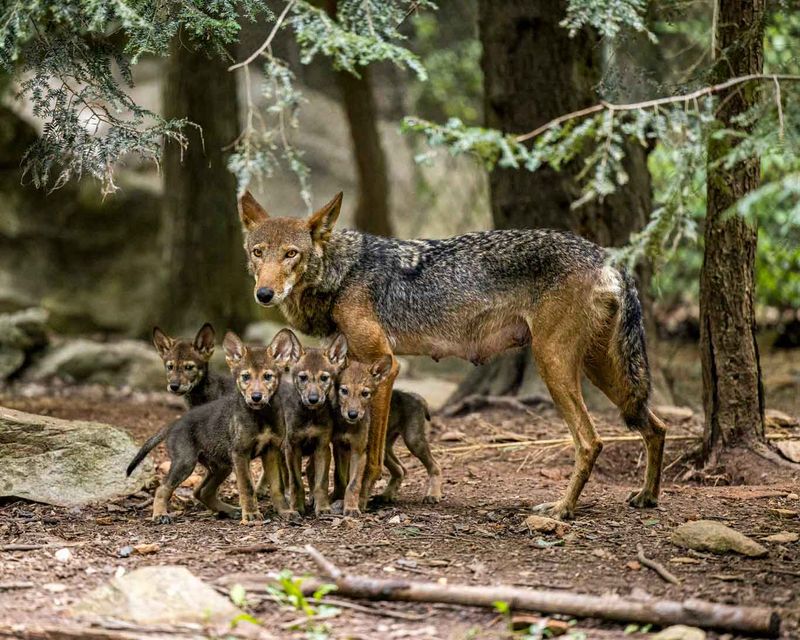
Fewer than 20 red wolves remain in the wild, all in North Carolina. Once ranging throughout the Southeast, these rusty-colored canids face an unusual threat – hybridization with coyotes.
Many people don’t even recognize them as a separate species. Farmers often mistake them for coyotes and shoot them. Despite being North America’s most endangered wolf, they receive a fraction of the attention given to their gray wolf cousins.
8. Woodland Caribou
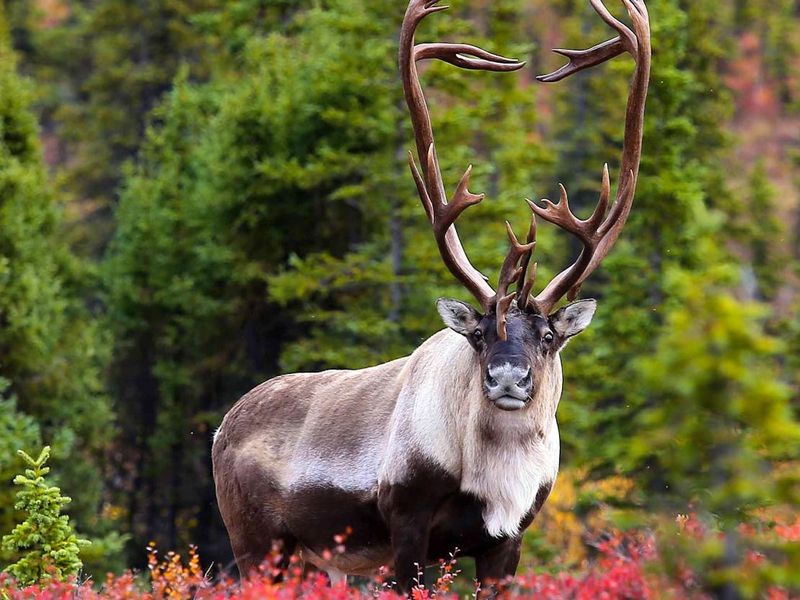
Remember Rudolph? His wild cousins are vanishing from the American Northwest and Canada. Logging operations fragment their old-growth forest homes, while climate change alters the lichen they depend on for winter food.
Snowmobile trails create highways for predators to reach previously isolated herds. Despite being iconic Christmas symbols, few people realize woodland caribou have almost completely disappeared from the continental United States.
9. Jaguar
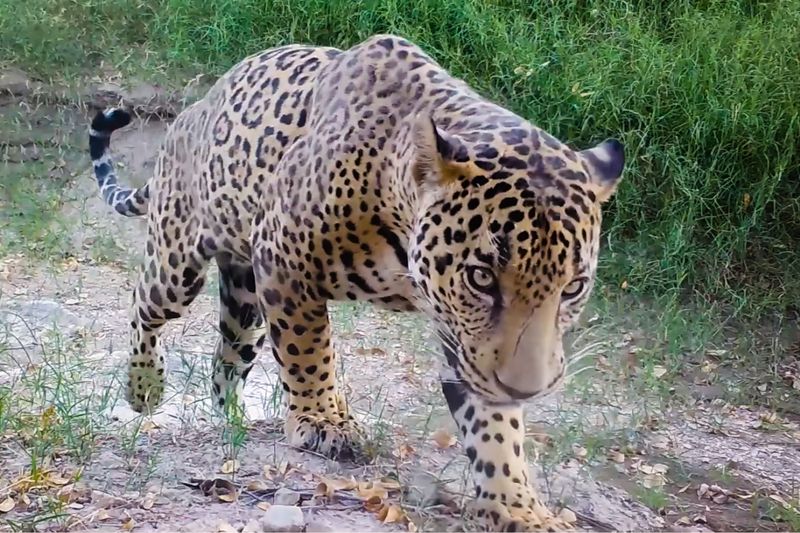
North America’s largest cat occasionally crosses from Mexico into Arizona and New Mexico. Border wall construction blocks these magnificent spotted predators from reestablishing in their historic U.S. range.
Mining operations threaten their remaining habitat corridors. While jaguars feature prominently in car commercials and sports team logos, few Americans realize these cats naturally belong in the Southwest or that they’re trying to return.
10. Riparian Brush Rabbit
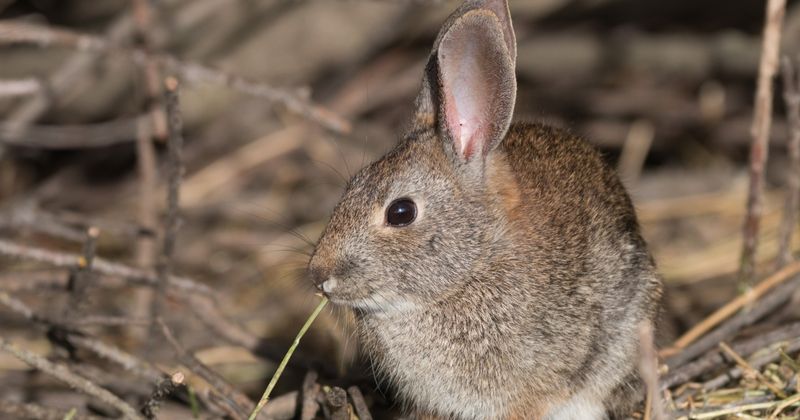
Living only in California’s Central Valley floodplains, these small rabbits face a cruel dilemma. They need riverside vegetation to survive but can’t swim well when seasonal floods arrive.
Farm development has claimed 99% of their habitat. Climate change brings more extreme flooding. With fewer than 1,000 left, these specialized rabbits receive almost no public attention despite their crucial role in riverside ecosystems.
11. Florida Panther
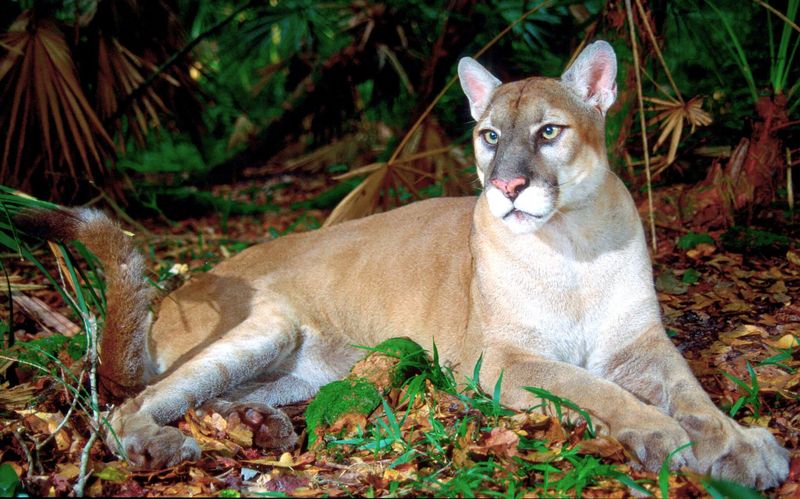
Down to just 20 individuals in the 1970s, these tan mountain lions suffered severe genetic problems including heart defects and reproductive issues. A genetic rescue program introduced Texas cougars to diversify their DNA.
Now numbering around 200, they still face constant habitat loss from Florida’s booming development. Despite being Florida’s state animal, most residents never see one in the wild, and their recovery remains precarious.
12. Hawaiian Monk Seal
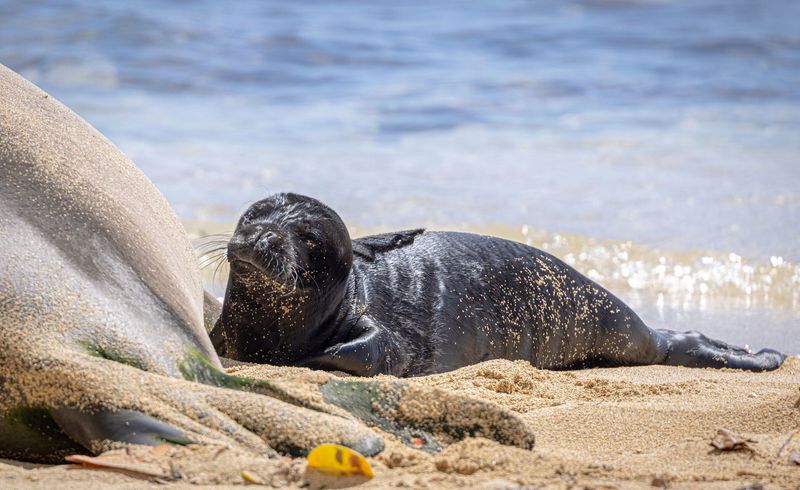
Only about 1,400 of these playful seals remain, scattered across the Hawaiian Islands. Beach development limits their resting spots, while curious tourists and dogs disturb nursing mothers and pups.
Climate change threatens the small fish they hunt and the beaches where they rest. Despite Hawaii being America’s tropical paradise destination, few visitors learn about these endangered natives or the simple steps needed to protect them.
13. North Atlantic Whale
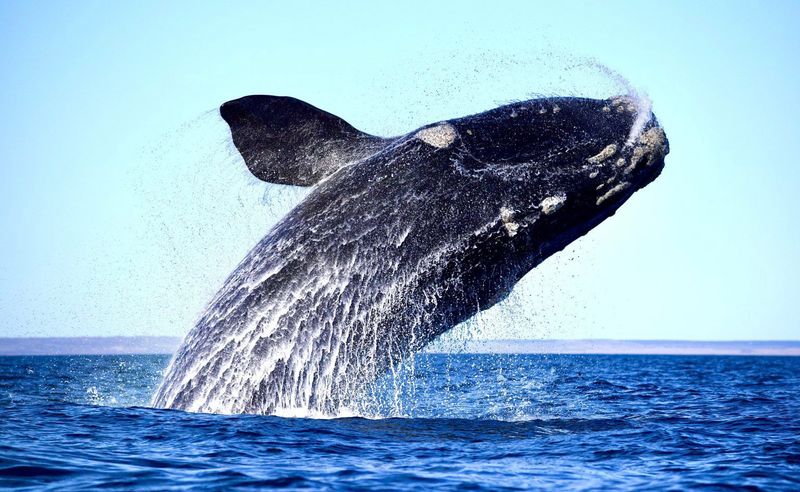
Only 336 of these massive marine mammals remain alive today. Ship strikes and fishing gear entanglements kill several each year – deaths this tiny population cannot sustain.
Their migration route follows the busy East Coast shipping lanes. Despite being 52 feet long and weighing 70 tons, these gentle giants receive little media attention compared to other whales, and most Americans don’t realize they’re on the brink of disappearing forever.
14. Wolverine
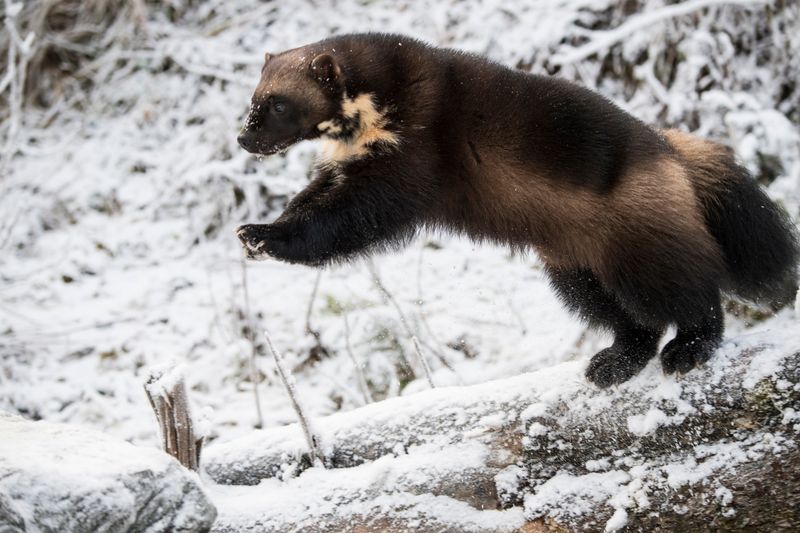
Fewer than 300 wolverines roam the mountains of the northern United States. These fierce members of the weasel family need deep spring snow to build their dens, but warming temperatures mean less snowpack each year.
Ski resorts and backcountry recreation disturb their remaining habitat. Despite their fame as comic book characters and sports mascots, few people realize real wolverines exist in America or understand their precarious situation.

